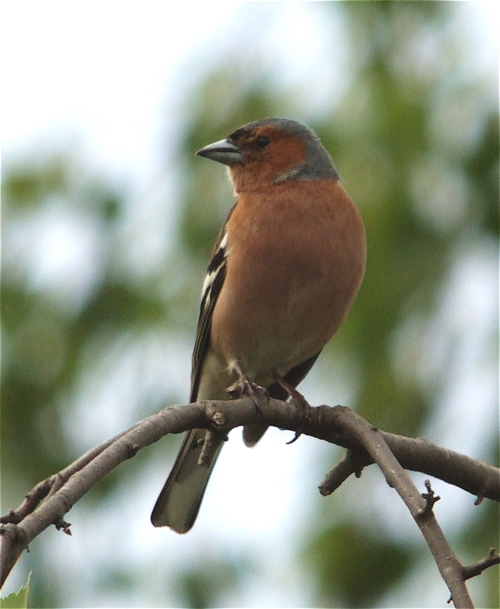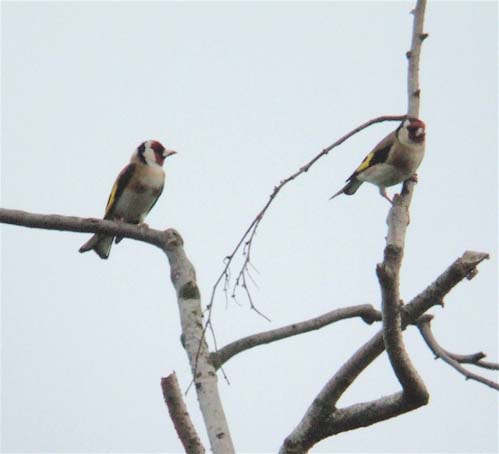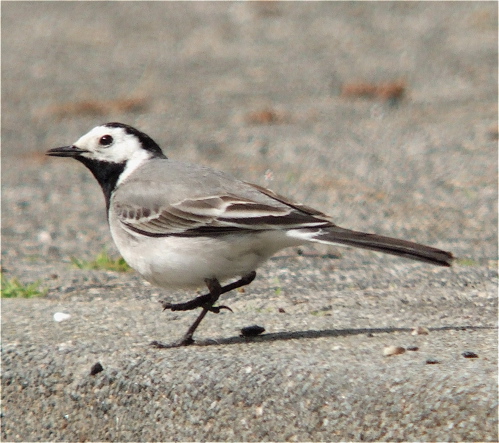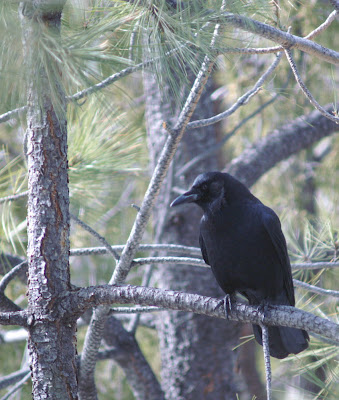I love this shot of the full moon visible from our flight to Europe.

My journey to Kazakhstan started with a trip to Frankfurt. My flights worked out to go from the Twin Cities, to Detroit, to Frankfurt and then on to Kazakhstan. Originally, I was supposed to do this all in one day, but for whatever reason, it saved $1000 for me to arrive a day ahead, spend the night in Frankfurt and fly to Kazakhstan the following day--which I'm really glad happened that way. It gave me a chance to catch up with the time change...and finally do a bit of European birding. This was my first time across the Atlantic.
I was able to walk around the hotel and all the birds were new like the above chaffinch. I also looked forward to experiencing some of the iconic birds of Europe like the nightingale which I did not see, but only heard. This was fine with me, the song of the nightingale is written about so often, I'm not sure I would have counted it if I did not hear it (even if I saw it). Here's a sample of the nightingale song.
Some birds were just down right confusing to my little American brain. Above is a blackbird--as a matter of fact, this is the very blackbird referenced in the Beatles song, Blackbird Singing In The Dead Of Night...which this bird did do...right outside my hotel room window. However, if you look at the shape of this bird, it resembles an American robin, not something like a red-winged blackbird. Check out the bill on this bird.
Robins that I see are in the genus Turdus, their scientific name is Turdus migratorius. Well, the blackbird above has the scientific name Turdus merula--they are in the same genus as North American robins. European blackbirds are not the same as North American blackbirds, they are like our robins.
It gets more confusing!
Here is what a European robin looks like. It's not shaped like a Turdus at all (did I actually type that last sentence, yes I did). The European robin's scientific name is Erithacus rubecula, it's not in the same genus as North American robins, about all they have in common are featers, an orange breast and a love of insects for breakfast.
Anyway, here is another exciting (at least to me) Turdus that I got to see--a fieldfare. My only regret is that when I was finally able to get my hands on my digiscoping equipment, it was softly raining and the light was terrible. But I had a great time watching something shaped like the robin I'm used to, but colored in a different way.
This is a green finch. After hearing the nightingale, seeing the blackbird, and then seeing this bird I thought, "All I need now is a linnet and I have a song from Sweeney Todd." I didn't get one around the Frankfurt hotel, but did later in Kazakhstan. Score!
Here were some European goldfinches. This was interesting, because I periodically see these sold in pet stores in North America. It strikes me as odd that it's illegal to own North American birds as pets, but European birds are ok. Actually, according to this website, you can get some of the birds in this post (like the chaffinch and green finch) and some of the birds I saw in Kazakhstan as pets. Whoa, I just did some digging on their price list and found that one of their South American species for sale is a "yellow hood blackbird" which looks remarkably like a yellow-headed blackbird...that's not legal. And as much as I love those birds, I would not want them singing in my home on a regular basis.
Another fun bird to see what a white wagtails. I ended up seeing several different versions of this bird throughout my travels and each one is very striking. I'm sure it's a common bird, but it's a striking one to see.
That is a sampling of the birds that jump started my Kazakhstan journey. After an afternoon of birds, I met up with some of our other travelling companions, had a meal and got a good night's sleep before board a plane for parts unknown.

















